10EX & 17EX Reunited! Almost A Century Later! — Part 2
Images: Alexander Schaufler & Gautam Sen
“Since 1911 cars, besides becoming materially bigger, had become disproportionately heavier,” believed Rolls-Royce’s in-house designer Harold Ivan Frederick Evernden, as explained in an article in the ‘Early and Late’ bulletin of Rolls-Royce section of the Vintage Sports Car Club (England).

“This fact, together with tyres of large sections and lower pressure, caused an increase in road rolling resistance. Even more was the fact that the wind drag of the car had increased enormously due chiefly to the increase in the frontal projected area. The front wings had grown to envelop the wheels, headlamps had risen to add to the frontal area of the taller radiator and the higher bonnet and scuttle. Also, there was little improvement in the aerodynamic form.”

Armed with this conclusion, Evernden set about redesigning 10EX. Working with balsa wood and aluminium sheets, Evernden made a one-eighth scale model of the new shape and gave that to the Barker craftsmen as a reference.
By chopping off the bodywork aft of the front seats, the tinsmiths remade the rear into a tapered tail that reflected the trend for an Art Deco understanding of aerodynamics, the wings were redesigned into lightweight appendages and the windshield changed to a V-shape. The seats and steering wheel were lowered by about 10cm.

Out on the test track 10EX immediately proved that the modified aerodynamics had made the car not only quicker but had also improved the dynamics of the vehicle with roadholding that was noticeably better.
With the cutout open, 10EX managed 89.11mph (143.34 km/h) against the stock car’s 78.26mph (125.92 km/h) at the Brooklands circuit, despite retaining the standard final drive ratio.
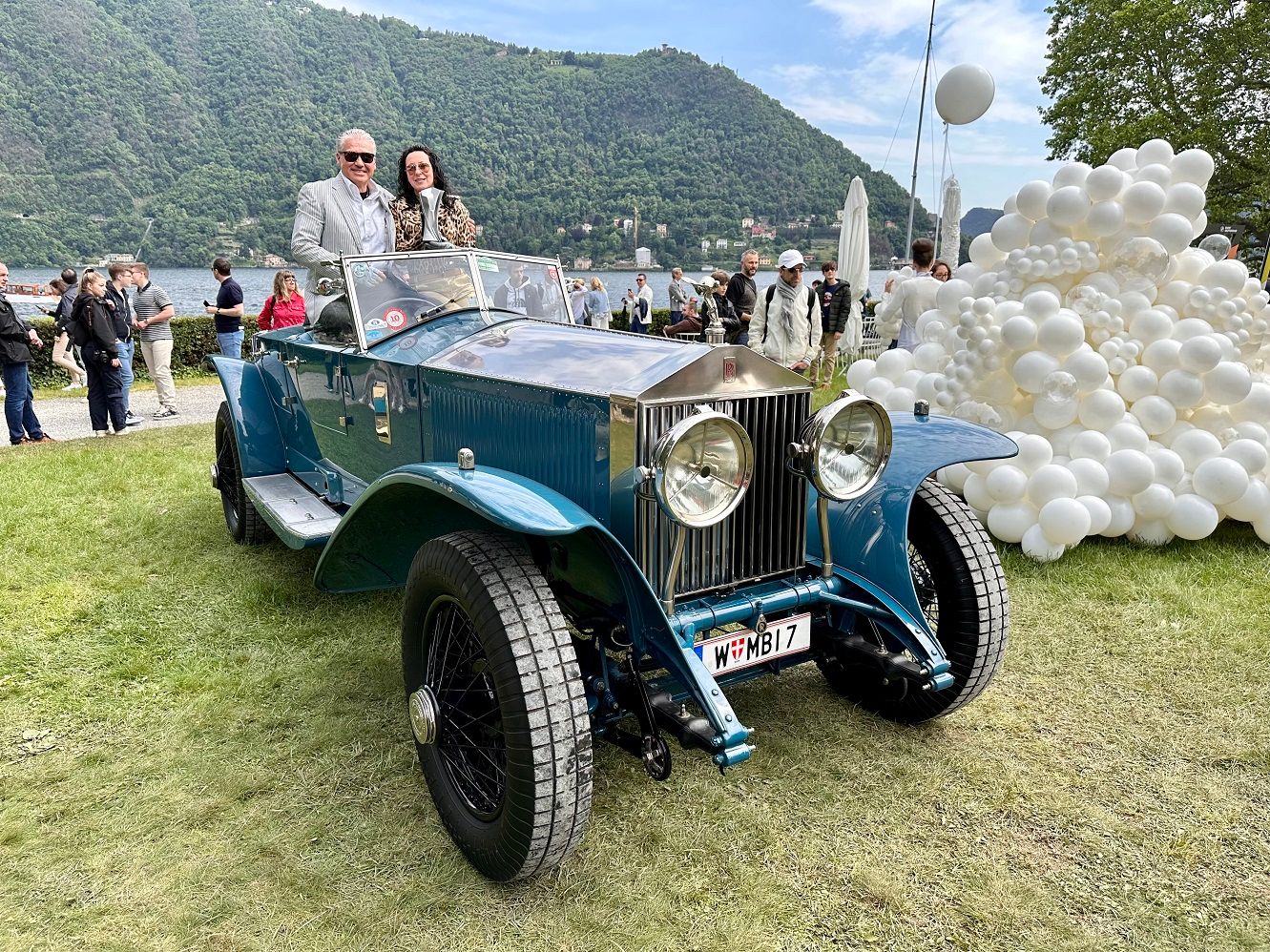
As the engine was peaking before the top speed was reached, it was clear that with a taller final drive gearing 10EX would have been quicker.
But that could only have been achieved if the 2.35 tonne car had managed to shed some weight, with Evernden pointing out in the same article: “weight would be reduced by 324 lbs (147kgs) thus making possible the use of 17 tooth rear axle pinion, without loss of acceleration.”

Unfortunately, Basil Johnson was not that impressed by the 10EX (or the ‘CJ sports car’ as in the Claude Johnson special that the boffins in Rolls-Royce had nicknamed it), believing that the styling needed to be improved!
Despite Johnson’s misgivings, Henry Royce gave the green light for three more experimental Sports Phantoms to be made.

These were 15EX, 16EX and 17EX and three different coachbuilders—the prestigious coachbuilding house of Hooper and Barker, who were both ‘official’ coachbuilders to Rolls-Royce, and Jarvis of Wimbledon respectively—were tasked to body the cars to Evernden’s design, which other than the styling, also recommended aircraft construction thinking in the use of sheet metal gussets instead of wrought iron brackets, plywood and metal sandwich for the vertical panels and so on.
15EX, which was completed by Hooper in early 1928, was sent off to Europe for extensive high-speed testing, but it met with a catastrophic accident in France and the car was eventually rebuilt by Barker as an open tourer body with the chassis renumbered 29CL and sold off in September 1928.

16EX, readied in the same month, was shown to Edward, Prince of Wales, but he didn’t express any interest in the car. The car was instead sold to a Mr Fuller, who in turn sold the car to an enthusiast, Captain J.F.C. Kruse. After changing hands several times in the UK and spending decades there, 16EX eventually found its way to the US, where after some years in the Blackhawk Collection, it is with an individual collector now.
It was 17EX that had in store a more fabulous destiny.
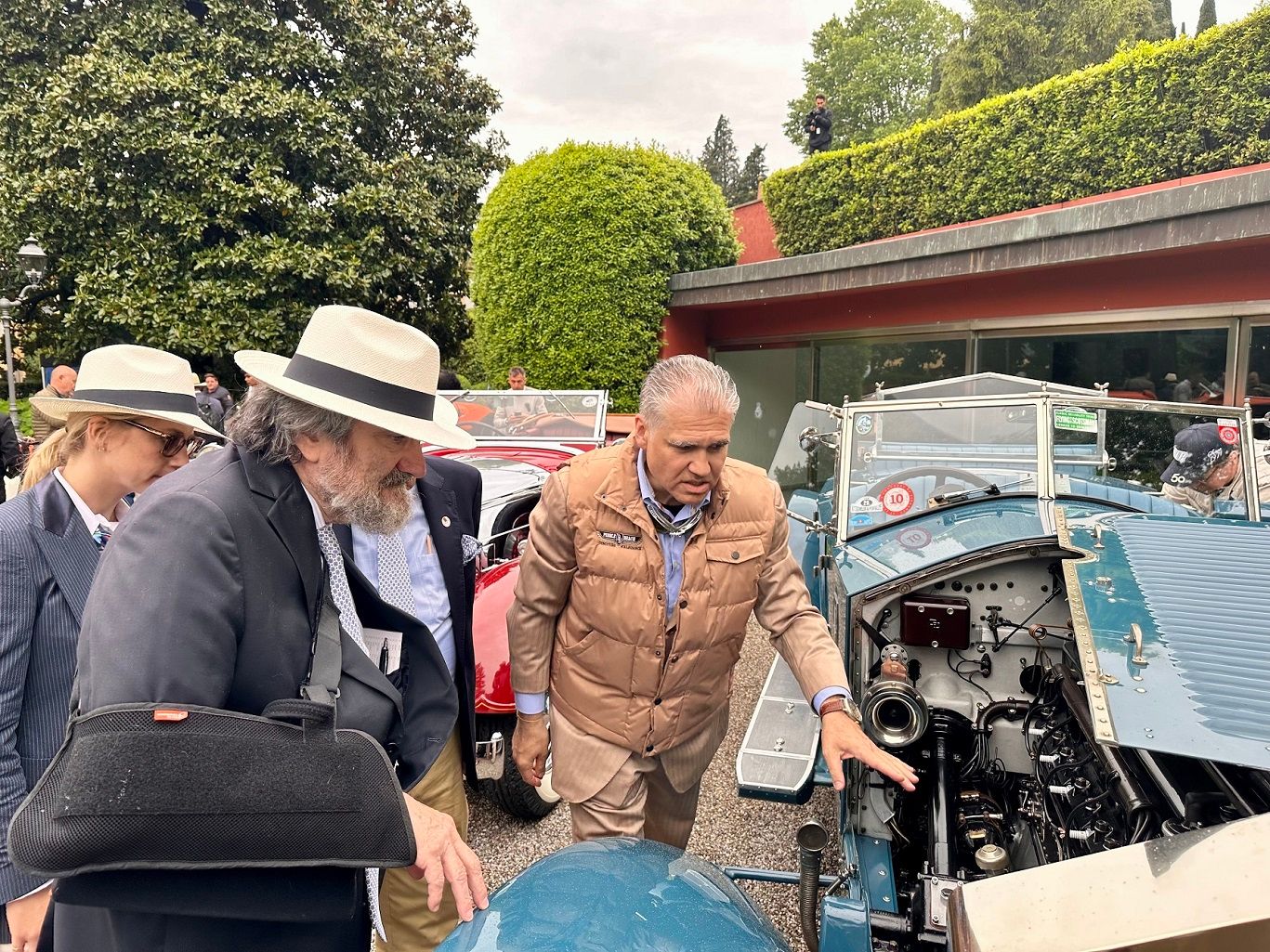
To begin with, 17EX had a most unusual coachbuilder, Jarvis of Wimbledon. Not really known for their work on Rolls-Royce chassis, although a handful of the ‘World’s Best Cars’ had been bodied at their facilities, Jarvis & Sons Ltd of Wimbledon, in South-West London, had built up their reputation as specialist coachbuilders who made some of the finest of lightweight sporting and racing car bodies in the UK.
Making bodies for sporting chassis from Aston Martin, Bentley, Bugatti, Darracq, Itala, OM and Talbot, Jarvis were renowned for their skiff-type bodies and boat-tailed designs, which had recently come into vogue in Europe by the mid-1920s.
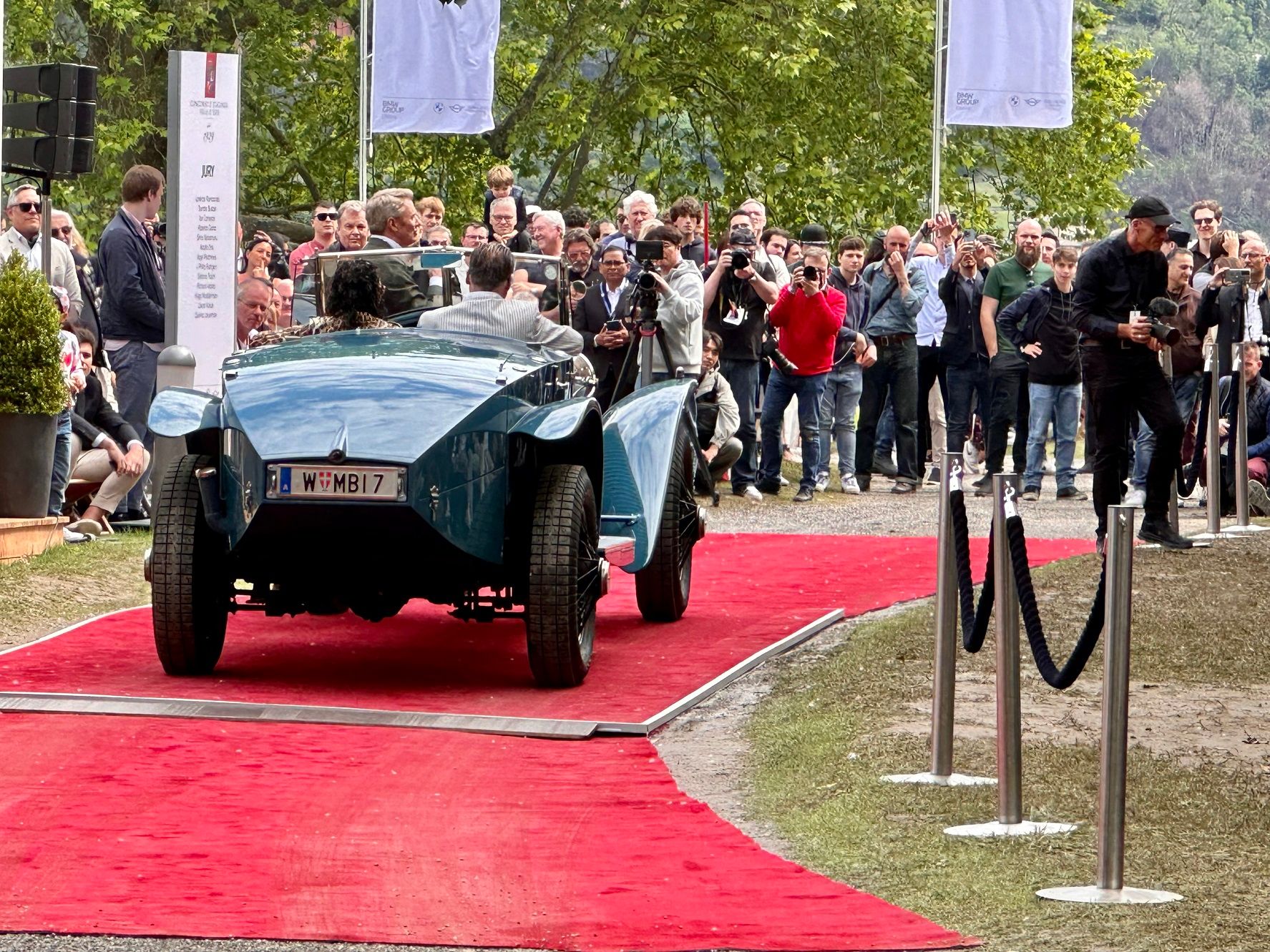
It was not that Jarvis were not capable of making non-sporting luxury bodies (they did construct some on Bentley, Daimler, and Rolls-Royce chassis), their specialization was clearly that for lightweight sports coachwork, with the ultimate example of that being the world land speed record-breaking Blue Bird that Jarvis had built for the legendary Malcolm Campbell in 1926.
Most importantly, the experience that Jarvis had gained in the construction of Malcolm Campbell’s record-breaking Blue Bird, was used by Evernden when Rolls-Royce decided to commission Jarvis to body 17EX.
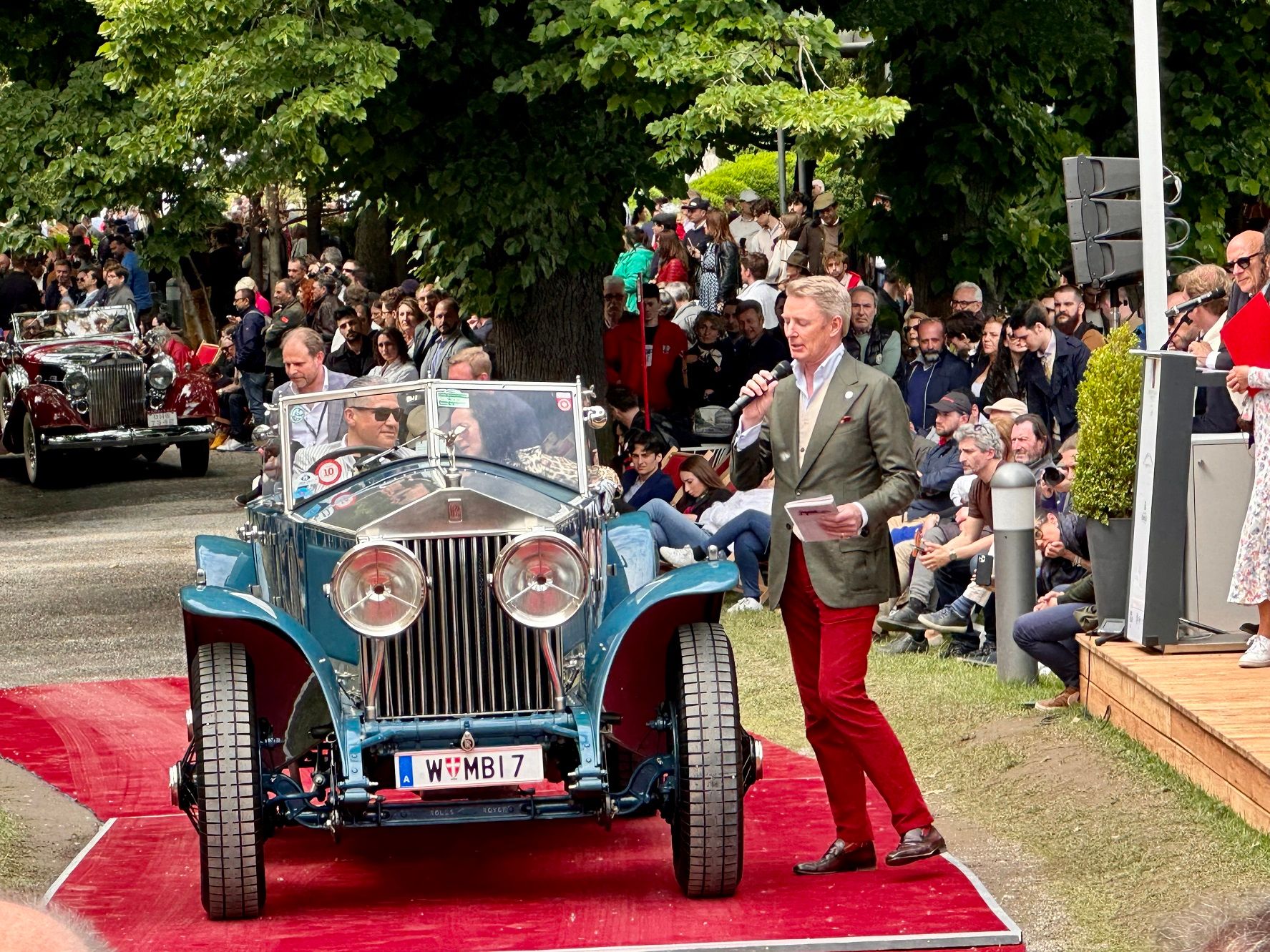
Even the choice of colour, the blue of 17EX, may have been inspired by the land speed record-breaker, which in turn had been painted the trademark Campbell blue that the superstitious Englishman had been using since he rechristened his Darracq Blue Bird, after seeing Maurice Maeterlinck’s play of the same name.
In all fairness, all the three experimental cars—15EX, 16EX and 17EX—were painted blue, with the 15EX an ‘Evernden Pale Blue’ and 16EX a ‘Curzon Peacock Blue’. 17EX chassis card reads ‘colour: blue, wheels: black, leather: blue’.

Most importantly, 17EX was markedly quicker than 10EX, and other than the lighter Jarvis body which must have contributed significantly, 17EX developed 92.6bhp at the dynamometer when bench-tested at the Rolls-Royce works at Derby, with the maximum power going up to 99.5bhp with the cutout open.
Moreover, it was perhaps the first Rolls-Royce to top the magical figure (then) of 100 mph (160 km/h).
The significantly superior performance of 17EX over the earlier experimental cars prompted Rolls-Royce to put 17EX through extensive testing, some 4,400 miles (7,080km) it seems, of which half was without the body (17EX was running by end of January 1928, with the Jarvis body arriving in July 1928).
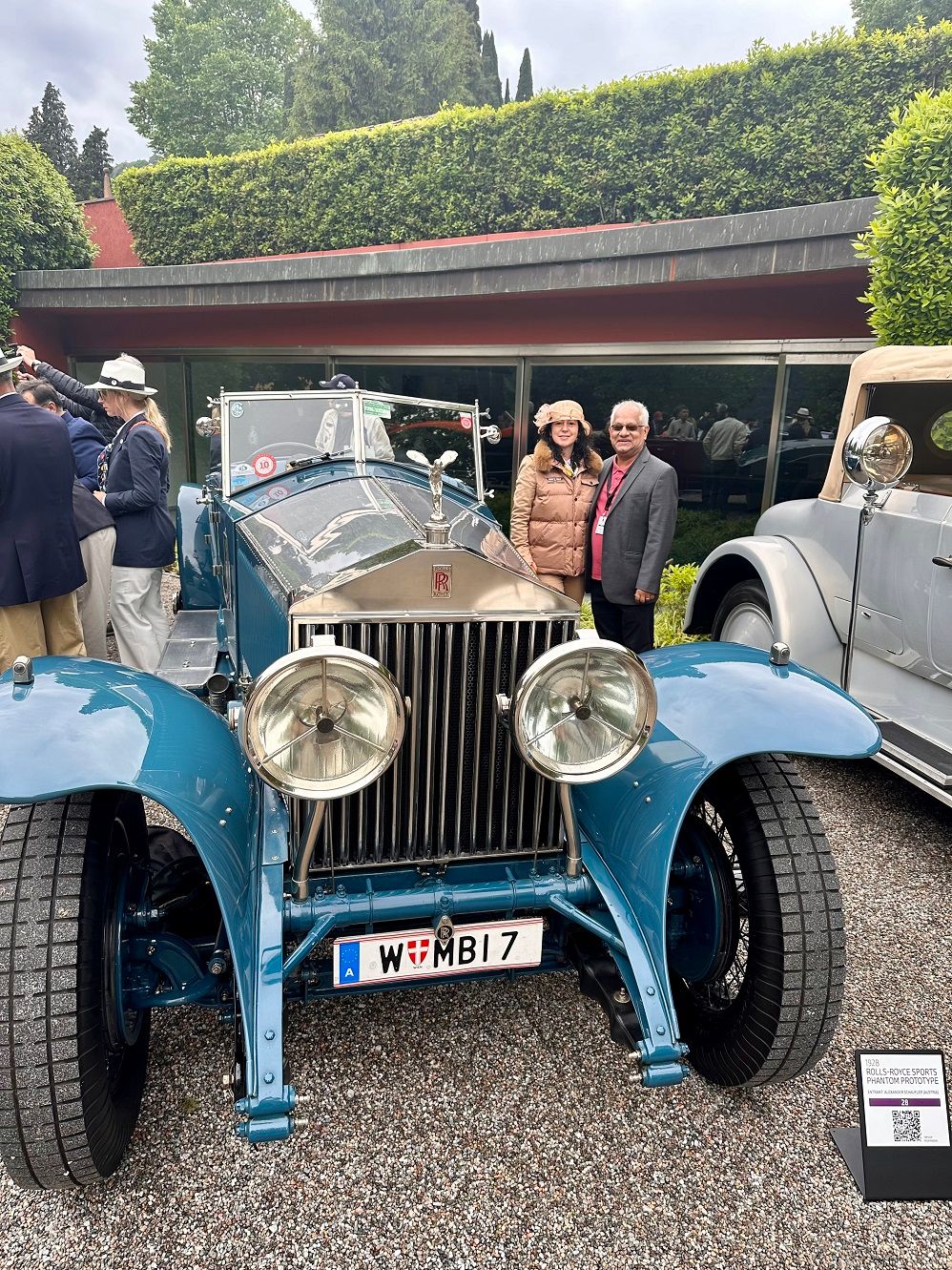
By April 1928 though, all efforts at Rolls-Royce Limited were directed to the next generation Phantom, the Phantom II and the sportier Continental, which was to appear by September 1929. So, by late October 1928, the decision was taken to sell off 17EX, to find a client for Rolls-Royce’s fastest car until then.
A customer was found in India. Though Rolls-Royce followed the practice of putting back its experimental cars to ‘standard’ trim—sometimes even re-bodying the car back to conventional body styles, the customer in India wanted the car sent to him as it was, with its special lightweight body, similar in design and style to that of 10EX.

The story of 17EX after it was sent off to India is another story, which we have already recounted in this magazine (The fabulous life of the Rolls-Royce Phantom I 17EX (derivaz-ives.com).
But managing to get 10EX and 17EX together—thanks to the cooperation of BMW’s Helmut Kas—after almost a century at Villa Erba, in Italy, is a story by itself. Do you agree?
Comments
Sign in or become a deRivaz & Ives member to join the conversation.
Just enter your email below to get a log in link.
